The purchase of a new camera needs to be carefully considered. After all, photographers expect excellent image quality, razor-sharp imaging and natural colour reproduction from their digital photos - especially when shooting with a high-quality SLR or system camera. To achieve this goal, the choice of camera is indeed important, but of even greater importance is the lens used on the camera.
In this respect, Pentax photographers can choose from countless original Pentax lenses that can be classified into different classes. Although the Pentax company has since been bought up by Ricoh, the lenses of this manufacturer nevertheless continue to convince in numerous tests and comparisons. Even if the range of lenses is not as extensive as that of the global players in the lens market - Nikon and Canon - the company still offers the right lens for every shooting situation and every requirement. Fixed focal lengths are offered as well as zoom lenses, whereby all important focal length ranges are covered by the wide-angle, standard and telephoto lenses. Moreover, there are not only Pentax lenses for APS-C SLR cameras, but also for system cameras.
If you know exactly which Pentax lens you would like to buy, you are welcome to use our filter function to quickly find the suitable model. Are you still unsure about your choice and don't know which lens is best for your Pentax camera? Then simply scroll down to the lower section of our webshop, because there we have compiled a comprehensive buying guide for you, which provides a lot of further useful information, such as about the available bayonet connections and the typical abbreviations in the product names of the lenses.
Pentax continues to offer lenses with three different mounts after the takeover by Ricoh Imaging:
In the following we present the individual series in more detail so that you are guaranteed to find the right lens.
The lenses with K bayonet are designed for the Pentax DSLRs. The mount was developed back in 1975 and is still valid for the digital SLR cameras of this brand today. This means that the K lenses of today can still be used on the older, analogue SLR cameras. In the meantime, this bayonet is also used on other SLR cameras - such as the Samsung models manufactured between 2005 and 2008.
The Q bayonet was developed specifically for the Pentax system camera series, which has been around since 20011. Since the sensor of these cameras is smaller than that of many other system cameras, special lenses had to be developed. Especially in the wide-angle range, very short focal lengths are required because of the smaller image circle, as the crop factor is 5.53. A focal length of 3.2 millimetres on the Q lens therefore corresponds to a 35 mm equivalent focal length of 18 millimetres.
The 645 bayonet was specially designed for the digital medium format cameras. When choosing, remember that the effect always depends on the sensor size. In the latest Pentax medium format cameras, the sensor is just under 44 x 33 millimetres, so the difference is minimal. A standard focal length would be 43 millimetres on a 35 mm full-frame sensor, whereas it would only be 55 millimetres on a 645 sensor. Accordingly, a 645 lens at 25 millimetres would look like a 17-millimetre focal length on a full-frame camera.
Now that you know which series you should be looking at for a Pentax lens, it remains to choose the right focal length for your needs. To do this, you first need to decide whether you want to use the lens to zoom - that is, to get closer to subjects that are further away - or whether you are more interested in a fast fixed focal length. While the former are perfect all-rounders and are therefore well suited for travelling, fixed focal lengths are especially good for portrait photography. But fixed focal lengths are also usually a good choice for macro shots, where you can capture small details in a big way. Among the Pentax zoom lenses you will find a wide range of standard, travel, telephoto and ultra-wide-angle zooms, so that you are prepared for every application. Telephoto zooms, for example, are ideal for wildlife, sports and action photography, while ultra-wide-angle lenses are great for landscapes and architecture. Standard and travel zooms are flexible to use and compact, which makes them very suitable as an "always-on lens".
When choosing a Pentax lens, you will notice that the lens designation contains all kinds of abbreviations. You can find out what they mean from the following list:
As you can see, the lens designation alone indicates all kinds of properties of the lens.
If you are wondering whether a Pentax lens is a good choice for you, the following overview of the most important advantages and disadvantages of Pentax lenses will certainly be a valuable help:
Wide range of focal lengths covered
Also offering special lenses such as macro lenses
Very good imaging performance
Zoom and fixed focal lengths in the range
High-quality workmanship on all lenses
Partially high purchase price
In the days of analogue photography and here especially in the 80s, Pentax SLR cameras (like the ME or ME super) were quite common. Unfortunately, Pentax's market share has shrunk in times of digital cameras. As a result, Pentax owners usually have to dig a little deeper into their pockets when it comes to lenses, and third-party lens manufacturers have not equipped their entire range of focal lengths with a Pentax mount.
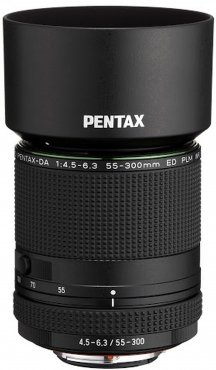
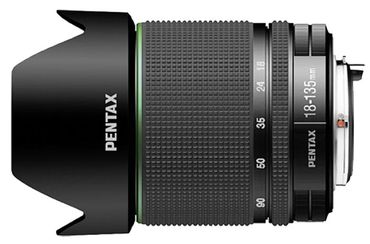
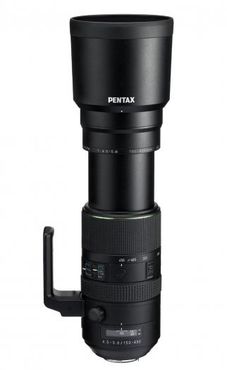
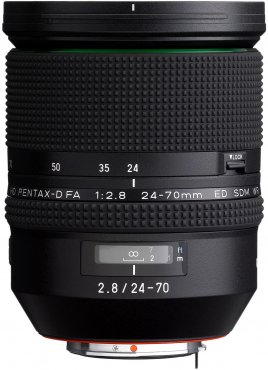

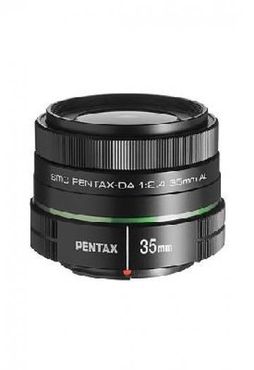
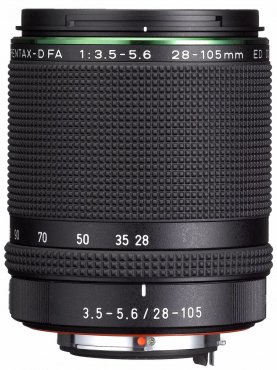
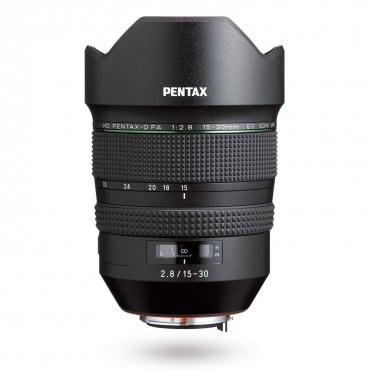
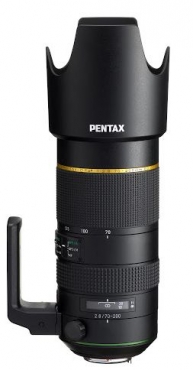
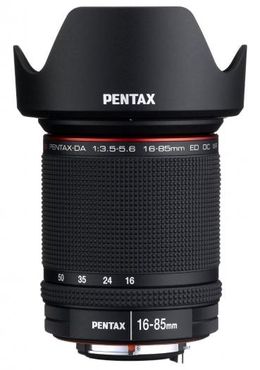
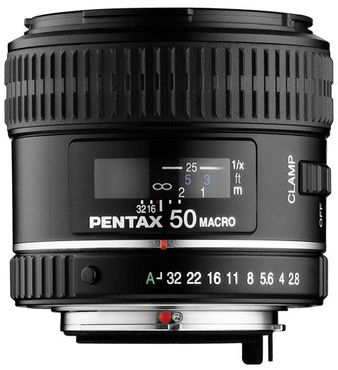
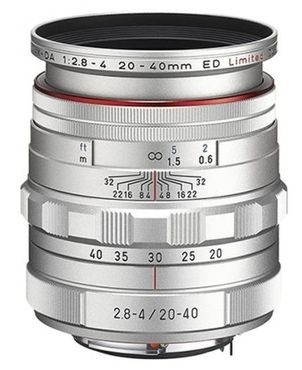
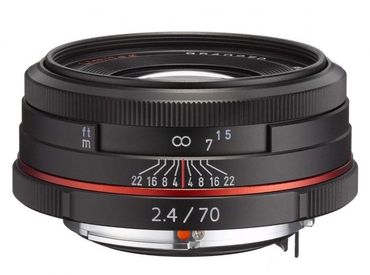
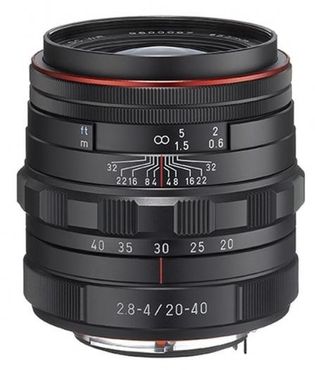

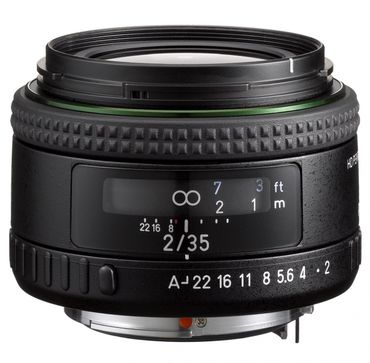
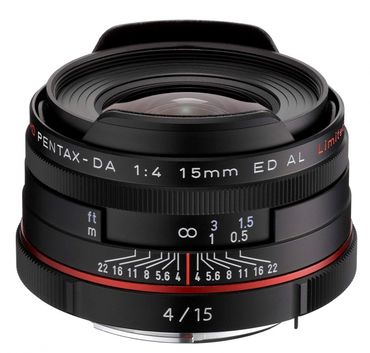
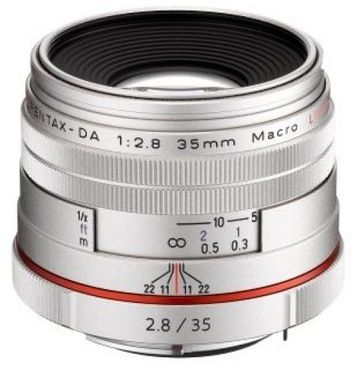
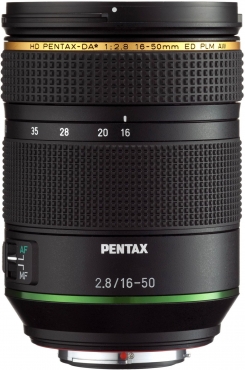
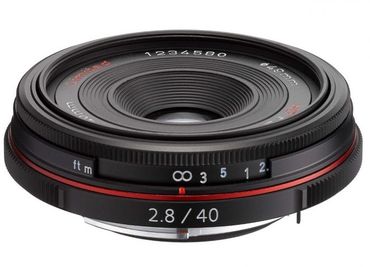
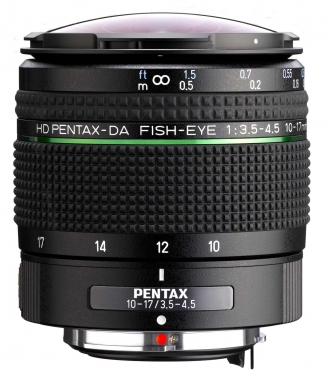
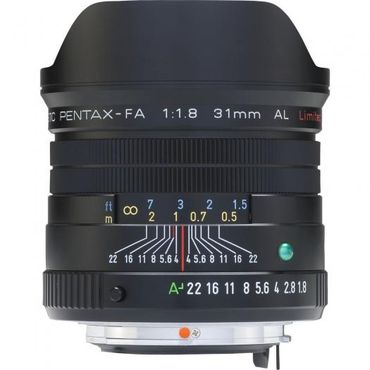
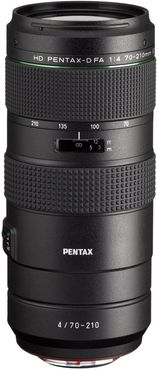
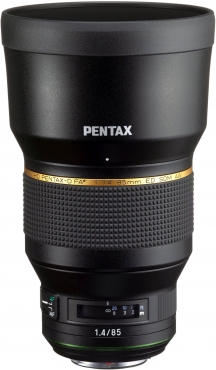
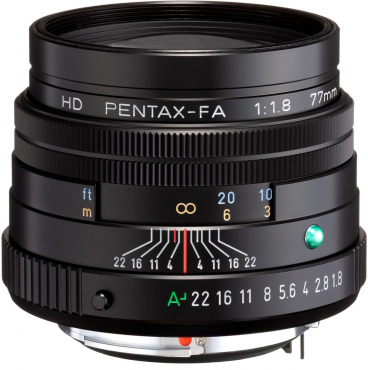
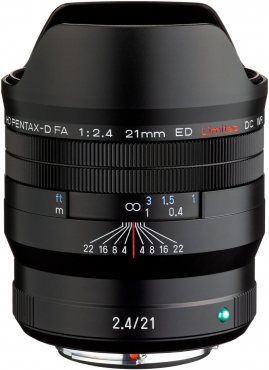

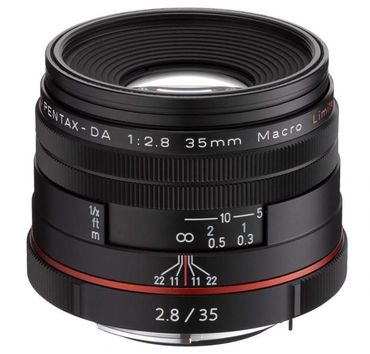
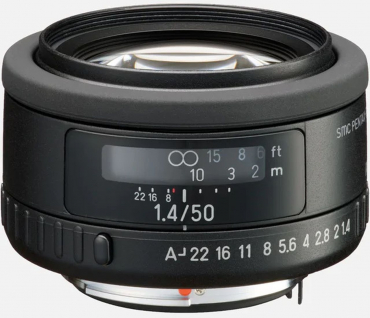
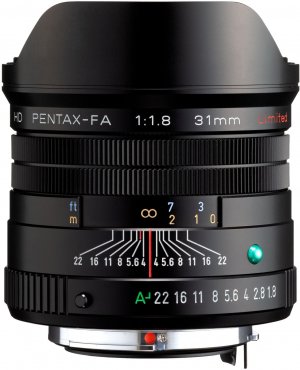
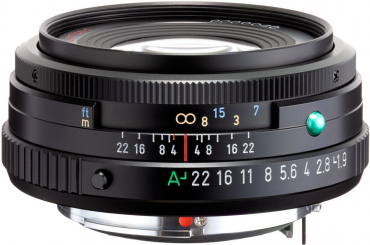
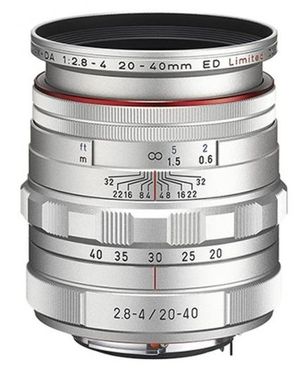

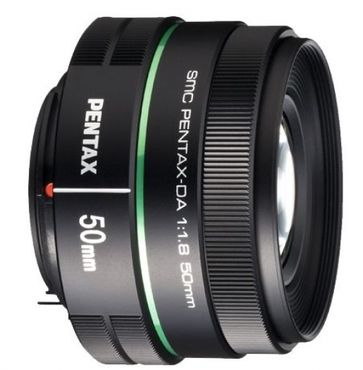
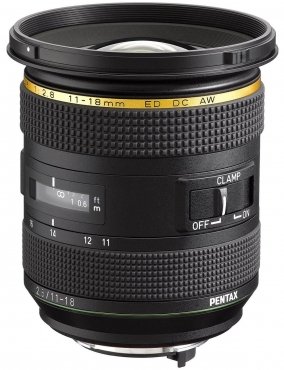
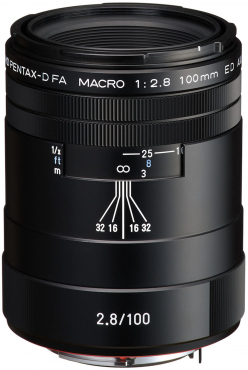
Simply subscribe and benefit as a newsletter recipient every week: